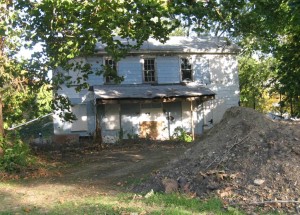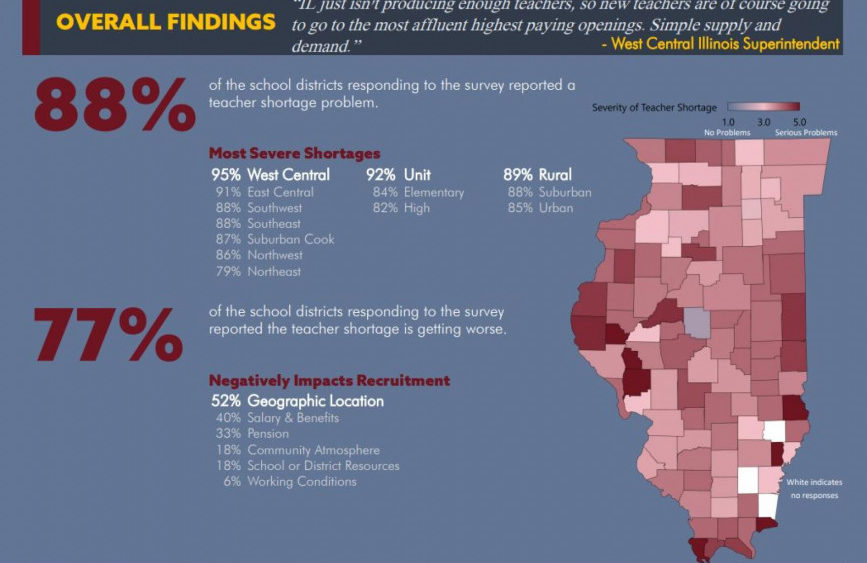Get the latest news: Subscribe Now
Springfield is a community that is inextricably linked to history. From Abraham Lincoln to Route 66, and many other important touchstones over the decades, history is our main local identity and a vitally important economic engine in our community.
And yet there are significant and essential parts of our history that remain untold, or at least seriously under-represented. And many of these have to do with the early Black experience in Springfield.
It’s a rich and compelling history that goes far beyond the dark and horrifying days of the 1908 race riots (which we and others have argued should more accurately be called the “race massacre”). That story must be told, but there are other stories – stories of courage, of vision, of perseverance against long odds. Many of those stories unfolded in buildings that are still standing in our midst, but those pieces of our history are in danger.
The latest case in point is the John Taylor Home at 12th and Cass. Named for a mid-19th Century judge and minister in Springfield, the structure became a home for so-called “fallen women” in the 1860s. But later it was converted into the Ambidexter Institute, a forward-thinking school to teach trades and the science- and math-based curriculum we now refer to as “STEM” to young Black men who had few other options for such instruction.
Ambidexter is a story of both the challenges that Springfield’s Black community faced in the early 20th Century, and the ambitious ways that people in the community sought to address those challenges. Sadly, the institute closed its doors in 1908, the same year that racial violence rocked the community – timing which may well not be coincidental.
The Taylor Home is one of several similar vintage structures on Springfield’s east side whose walls house stories that need to be told, structures that also include the Lincoln Colored Home and the city’s first Black firehouse. But saving and maintaining those structures poses its own costly challenge.
A number of groups are now trying to save the Taylor Home, and are seeking more than $200,000 in city TIF dollars just to shore up the building and keep it from collapsing under the weight of winter snow. It’s the beginning of what could ultimately be a $1 million project to restore the building and turn it into a center promoting not only its history but also the role of STEM for the young people of today and tomorrow.
It’s an ambitious project, with a lot of blanks still to be filled in. And some aldermen are concerned about the price tag and the lack of detail into how to turn this idea into a destination that will actually draw tourists, fulfill its educational mission, and generate revenue and economic activity.
The reluctance is understandable. No matter how noble the idea, spending hundreds of thousands of dollars to preserve a building gets you nothing at all if people don’t know where it is, how to get there, or why they should go.
But time is of the essence right now, just to keep the structure standing. And this project has some important assets that make it a worthwhile risk. Its backers have a track record of success and innovation. They include Dominic Watson with the Springfield Black Chamber of Commerce; the people behind Route History, which is telling the story of the Black experience along Route 66; to the Community Foundation for the Land of Lincoln.
And it’s a chance for the city to put its money where its mouth is. We talk about the importance of history, and we talk about inclusion. It’s time to put that talk into practice. It will be incumbent upon the backers of the idea to develop and present their plan, sooner rather than later. But in the meantime, a City Council which has invested TIF dollars in far riskier ideas should step up to make sure that when Springfield embraces history, it embraces everyone’s history.





